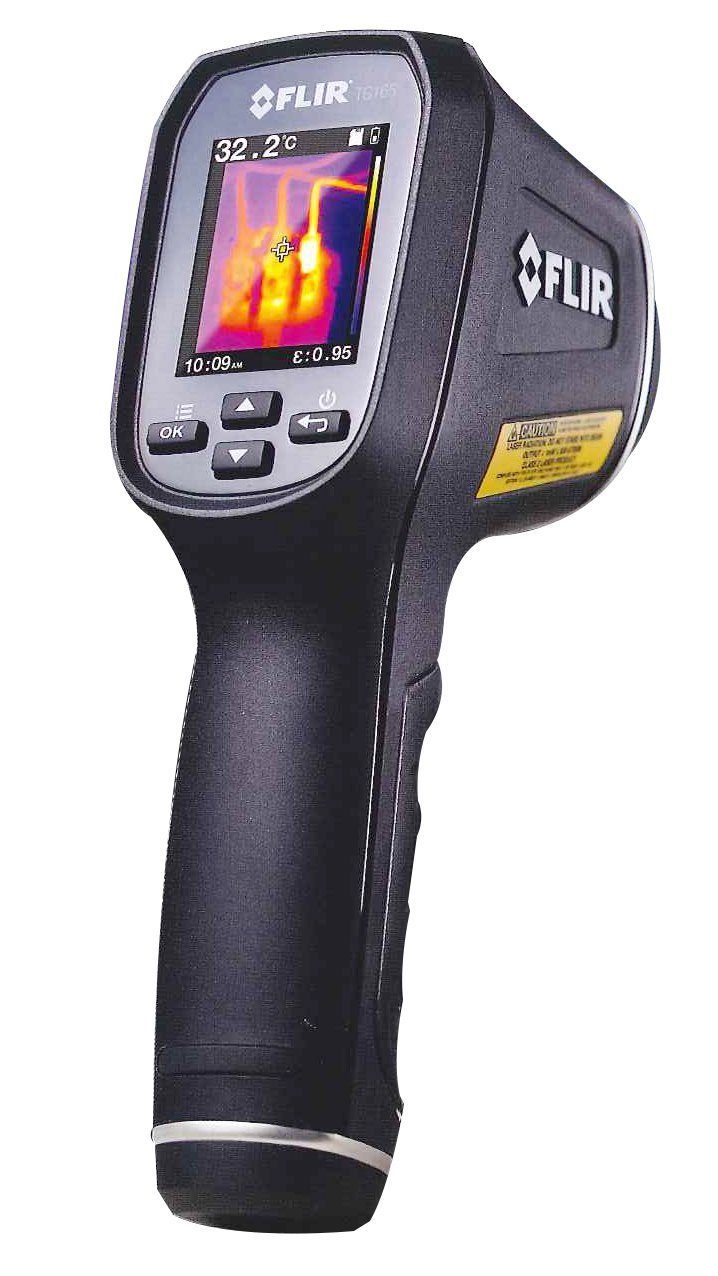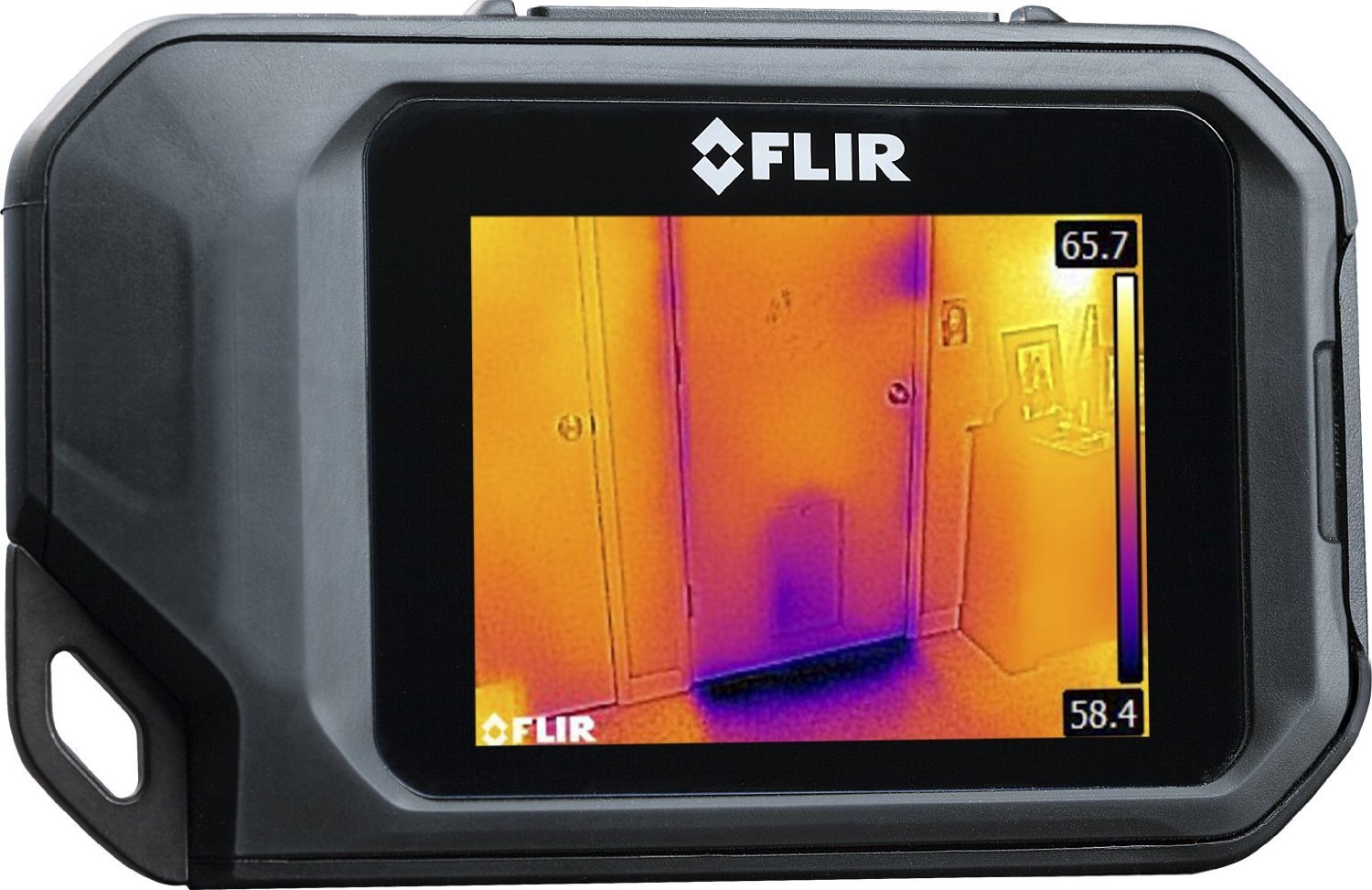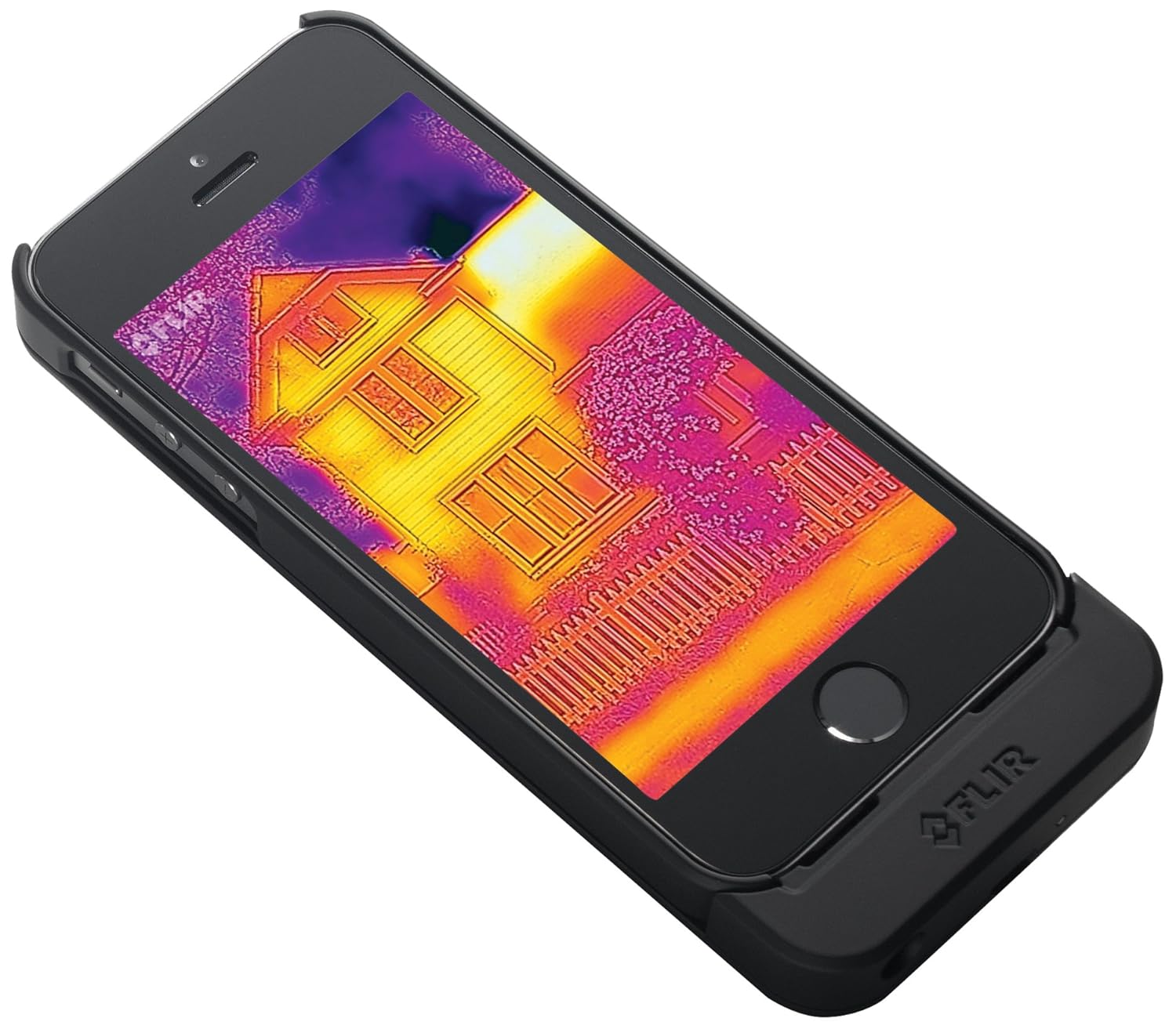Are familiar with the Energy Star program, and know to look for the Energy Star label when buying appliances? The program is great but you won't find Energy Start labels on things like insulation or caulking to seal gaps between your home's conditioned (heated and/or cooled) and unconditioned spaces. That's why the U.S. Department of Energy and U.S. Environmental Protection Agency have joined forces to create the Home Performance with Energy Star Program.

Home Performance Basics
The Home Performance program focuses on the whole house, looking at how the many materials and home features are used to provide you with an energy efficient, comfortable and safe house. But what does that really mean, and how do you know if you have the best home performance possible?
Home performance, also known as building performance identifies problems and solutions related to the following features of your house:
- Energy efficiency to reduce your home's impact on the environment.
- Indoor air quality that can affect the health and safety of your family.
- Thermal comfort provided by your heating, air conditioning and ventilation systems.
Tools to Measure Home Performance
Like the Energy Star program, you're probably familiar with home inspectors but don't know about energy auditors (also called building analysts or consultants) who can perform an energy audit on your home, and based on the results, make recommendations to improve your home performance.
 There are two tools used by all energy auditors, the blower door test and an thermal imaging camera.
There are two tools used by all energy auditors, the blower door test and an thermal imaging camera.
The blower door test is used to determine how airtight your home is. By identifying gaps where air you've paid to heat or cool, is escaping to the outdoors, you can correct problems and lower your heating/cooling bills. To learn more about blower door testing, visit the Energy.gov website.
 The other tool always used by energy auditors is a thermal imaging camera that measures the temperature of your home. The cameras don't really measure the temperature of your home's exterior. They measure the intensity of infrared radiation (radiant energy) given off at the surface where the camera is aimed (learn more at GreenBuildingAdvisor.com). These cameras have been in use since the 1970s, when they cost more than $25,000 and fortunately, today's prices are much lower.
The other tool always used by energy auditors is a thermal imaging camera that measures the temperature of your home. The cameras don't really measure the temperature of your home's exterior. They measure the intensity of infrared radiation (radiant energy) given off at the surface where the camera is aimed (learn more at GreenBuildingAdvisor.com). These cameras have been in use since the 1970s, when they cost more than $25,000 and fortunately, today's prices are much lower.
While most homeowners will hire an energy auditor, here are thermal imaging cameras you as homeowners, can buy on Amazon. Starting on the left is the more traditional camera you might see an energy auditor use. In the middle is a new infrared device that looks more like a smart phone, and is small enough to fit in your pocket. Or you can simply buy an app for your iPhone which seems like the most practical solution for homeowners.
Click any of the photos to learn more about the product.







Leave a Reply